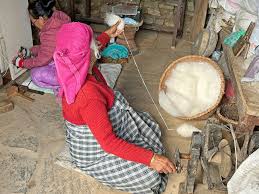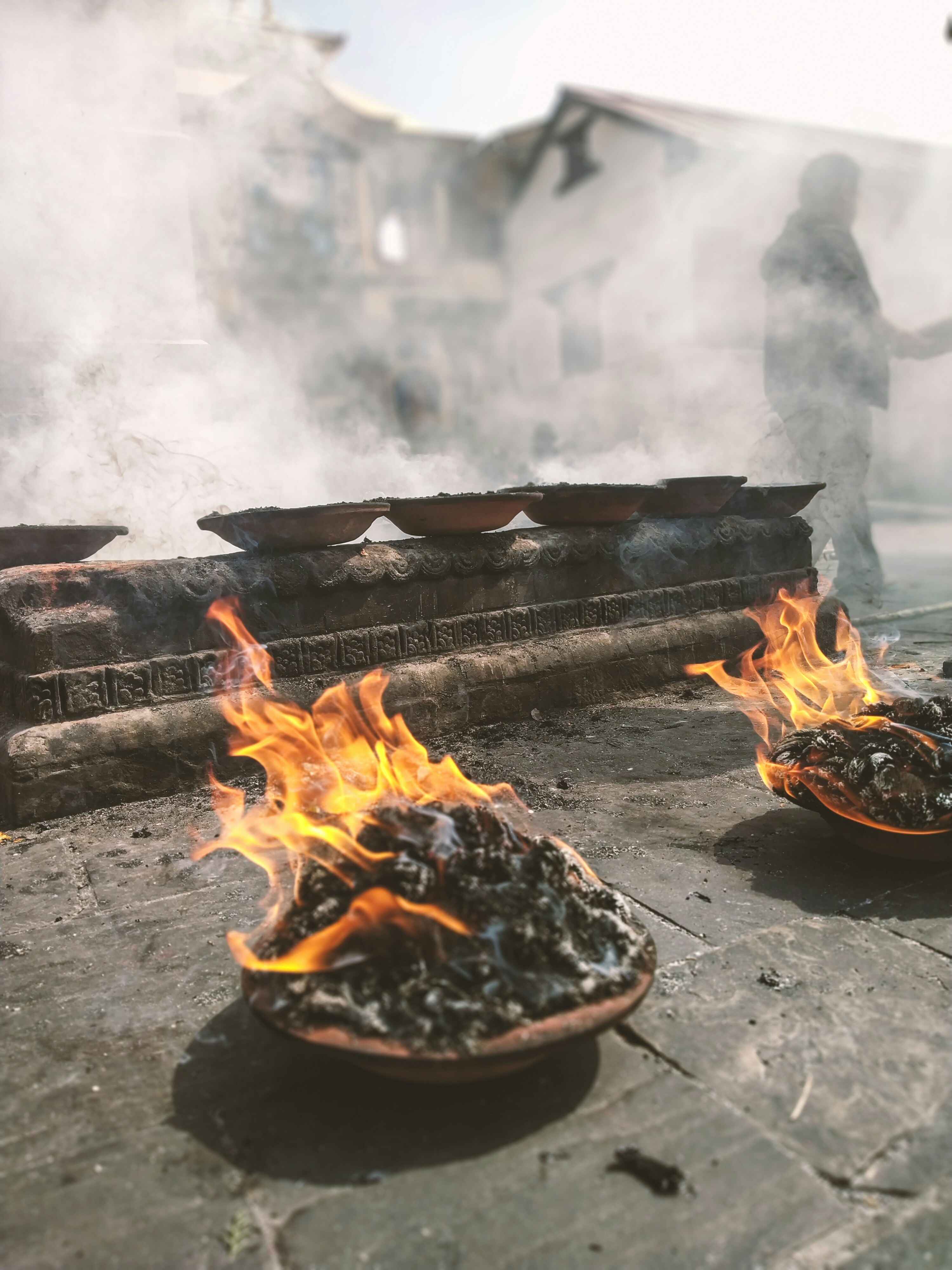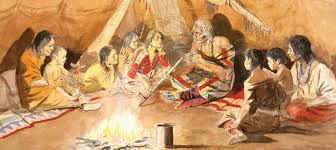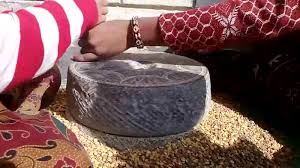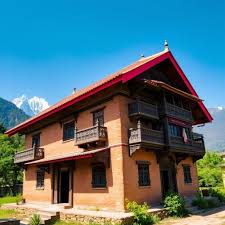Share this Article
In the heart of Nepal's diverse landscape—where mist-covered hills, terraced fields, and stone-built homes define the countryside—time-honored tools still tell stories of resilience and tradition. Among these is the Charkha, an ancient spinning wheel that has long served as a lifeline for making thread from raw natural fibers. While many associate spinning wheels with India's Gandhian movement, the Charkha has a deeply rooted legacy in Nepal, too—particularly in rural households and indigenous weaving communities.
This simple yet ingenious device transforms raw fiber like cotton, nettle, sheep wool, or hemp into thread, which is then woven into garments, rugs, shawls, and household textiles. More than just a tool, the Charkha is a symbol of patience, self-sufficiency, and sustainable living.
What is a Charkha?
The Charkha (also spelled Charka, or called Tant in some dialects) is a hand-cranked spinning wheel designed to twist fibers into yarn or thread. Traditionally crafted from locally sourced hardwood or bamboo, it operates without electricity and can be used indoors or outdoors. A Charkha usually sits low to the ground, allowing the user to spin for long periods comfortably.
Core Components:
- Pankha (Wheel): The main large wheel, turned by hand to provide motion.
- Dori (Drive Band): A taut string or leather strap connecting the wheel to the spindle.
- Dhago Ghumne (Spindle): The rod that spins and winds the thread.
- Bhetta (Fiber Stand): Where the unspun raw fiber is mounted.
- Aadhar (Frame/Base): A stable platform to support all parts.
Some versions even have a foot pedal or double spindle, depending on the region or sophistication of the design.
How It Works – The Spinning Process
Using the Charkha is both an art and a meditative process. It requires rhythm, coordination, and a gentle touch.
- Carding the Fiber: The raw material—often cotton, wool, or the Himalayan stinging nettle (allo)—is cleaned and combed to align fibers and remove impurities.
- Feeding: The spinner draws small portions of fiber from the bunch, keeping tension consistent.
- Spinning (Tantne): By rotating the wheel, the drive band turns the spindle, twisting the fiber into a fine continuous thread. The twist gives the thread strength.
- Winding: Once a length of thread is spun, it is carefully wound onto the spindle or a bobbin for storage.
This thread can later be dyed naturally (using turmeric, walnut shells, or indigo) and woven into cloth using a handloom (tan).
Materials Spun with a Charkha
Different regions of Nepal use the Charkha to spin a variety of locally available natural fibers:
- Cotton (ruwa) – mostly in the southern Terai regions.
- Allo (Himalayan Nettle) – used in hilly and mountain regions; strong and durable.
- Sheep Wool (bhainsi kapaas) – popular in Mustang, Dolpa, and the high Himalayas.
- Hemp (Bhang ko sun) and Jute (Patu) – used in both clothing and rope-making.
- Goat Wool (Chyangra) – for luxury items like pashmina or warm wear.
Cultural and Economic Significance
The Charkha was once an essential domestic appliance in almost every rural Nepali home. Women, in particular, would spin thread during spare hours between farming, cooking, and household chores. The process was slow but deeply satisfying, and the products were valuable—either for home use or trade.
- In Gurung and Magar communities, spinning and weaving were traditional gendered skills passed down through generations.
- In Sherpa and Tibetan-influenced areas, wool from yaks and goats was spun into warm, thick threads for shawls and blankets.
- In parts of eastern Nepal, the Limbu and Rai communities used nettle fiber to create durable fabric for daily wear and even rain-resistant outerwear.
Spun thread was bartered for food, tools, or salt, making the Charkha a contributor to rural economies and community exchanges.
Sustainability and Timelessness
In today's era of synthetic fabrics and industrial manufacturing, the Charkha offers a low-impact, eco-conscious alternative. It uses zero electricity, produces no emissions, and supports local, circular economies. It also encourages the use of biodegradable fibers and natural dyes.
Craft revival movements in Nepal are working to reintroduce Charkha-based spinning as a way to empower women, preserve indigenous knowledge, and promote slow, ethical fashion.
Some NGOs and cooperatives have started training programs in spinning and natural dyeing, especially targeting women from marginalized communities, helping them generate income through handcrafted textiles.
Symbolism and Revival
The Charkha is not just a spinning tool—it's a metaphor for independence and dignity. Much like it was for Gandhi in India, in Nepal too, it stands for craftsmanship, pride in tradition, and resistance to industrial homogenization.
Artisans and heritage centers across Nepal now display antique Charkhas as part of ethnographic exhibitions, and some even teach visitors how to spin thread the traditional way.
Conclusion
The Charkha is a quiet yet powerful emblem of Nepal’s heritage—spinning not only thread but stories, livelihoods, and cultural identity. Its enduring presence in rural Nepal speaks to a legacy of patience, sustainability, and resilience. In a world driven by fast fashion and disposability, the Charkha reminds us to slow down, value handcraft, and honor the tools that built civilizations.
Reviving its use today isn't just about tradition; it's about creating a future rooted in sustainability and pride in our cultural roots.
Categories:
Traditional Tools and Utensils
Tags:
CharkhaNepal
,
TraditionalCrafts
,
HandmadeThread

